The difference between Coffee beans 6.0 and 5.0 Coffee beans introduction to Ethiopian small Coffee beans
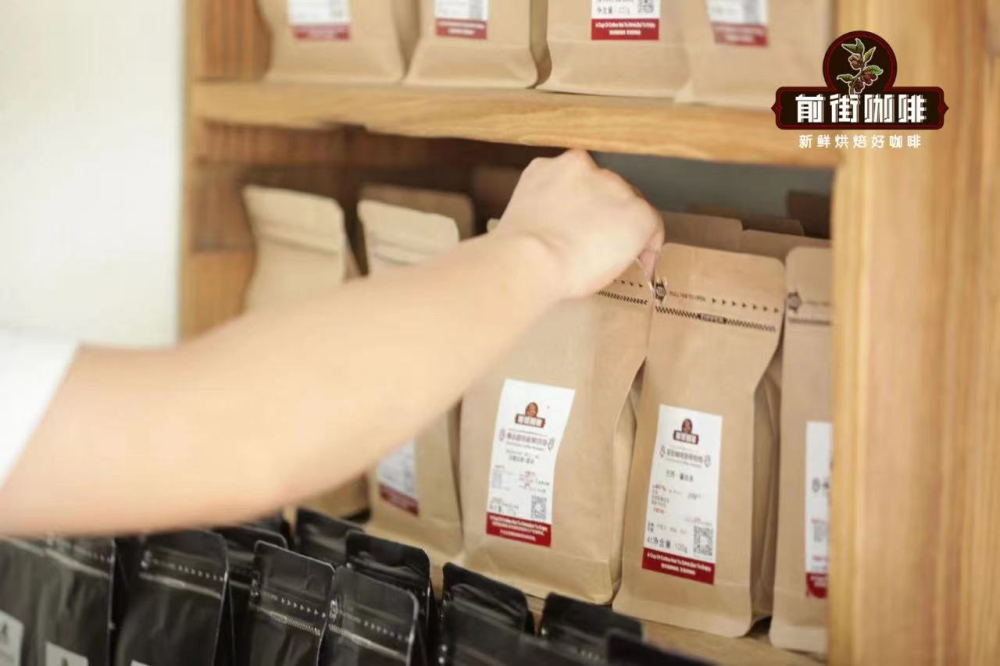
The sweet and sour taste of fruit juice is the most irresistible taste. In coffee, there is not only the taste of "instant-boiled water" in the impression of the previous generation, but also a variety of unexpected flavors, including coffee like fruit juice. The same is true of a Sakui coffee from Sidamo, Ethiopia, on the bean list of Qianjie Coffee.
Huakui coffee bean producing area
Ethiopia is one of the main producers of Arabian coffee in Africa, and it is recognized as the birthplace of coffee. Heirloom, the original species of Ethiopia, is an ancient high-quality coffee variety in Ethiopia, which always shows a unique style in various Ethiopian producing areas. Guji was one of the first coffee producing areas to start growing, and in 2010 it was independent by ECX (Ethiopia Commodity Exchange) because of its superior geographical location and cup flavor.
In Ethiopia's Euro Mya region, it is bordered by Borena in the south, the Ganale Dorya River River in the north, Gale and Bale in the north, and Somalia in the east.
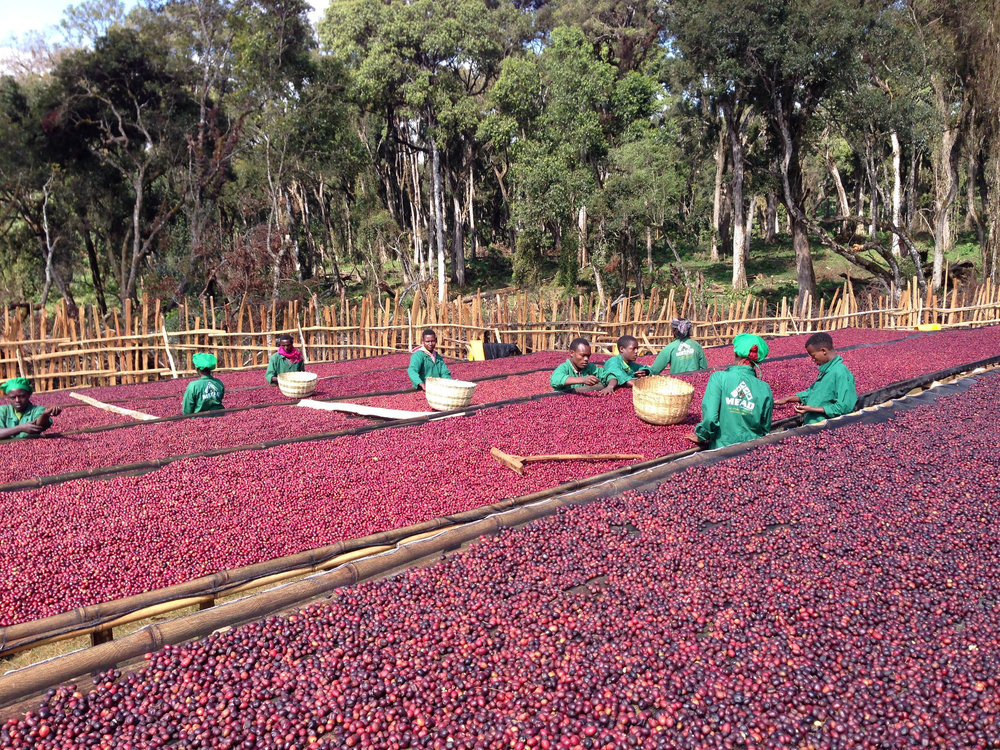
Coffee farmers in Guji are small-scale landowners who own large areas of land to grow coffee. Coffee trees Coffee grows in the lower layers of trees and canopies in Guji County, and bananas are interlaced with other crops. For centuries, it has grown in an ecologically sound and favorable environment and maintained perfect harmony in a wide range of biodiversity.
On the other hand, Huakui Coffee is produced in the Humbela production area of Guji region, which is the highest coffee production in Ethiopia. The western part of Humbela is across from the Cochel Mountains in Yegashefi, which has an altitude of 2000 meters, fertile black soil and a significant temperature difference between day and night, which makes Humbera rich in quality boutique coffee beans. In the 2017 TOH raw bean competition hosted by the African Coffee Association, a sun-dried coffee bean from Humbera won the championship of that year. Later, we called this coffee bean Sakuran Coffee.
Huakui coffee beans are grown in a small village in Humbera, a primitive tribe at an extremely high altitude. Around this small village, farmers grow bananas and sugar cane around the coffee plants, and the coffee beans harvested here are sent to the Buku Abel processing plant for processing.
Why is the coffee called Huakui?
In 2017, a sun-dried coffee bean from DW's "Buku Aebl" processing plant won the championship in the TOH tanning group. At that time, Chinese raw bean merchants introduced this champion coffee bean with a strong strawberry and cream aroma to China and named it "Sakuran". The word "Hua Kui" has the meaning of "the head of a hundred flowers", which also shows that raw bean merchants place great hopes on this coffee bean and have the potential to become the next rosy summer.
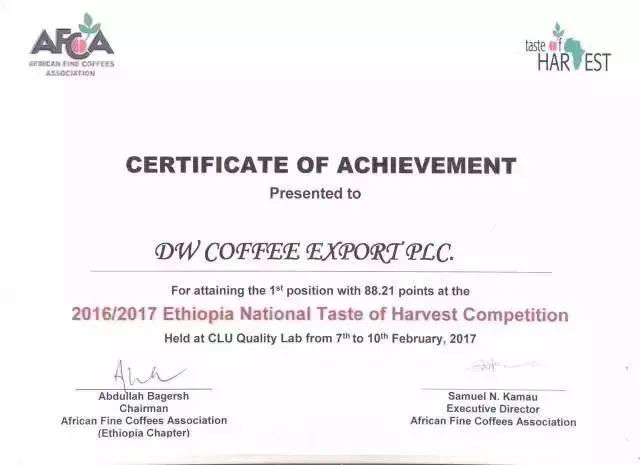
In the same year, Li Jianfei of Beijing won the runner-up of the 2017 World Coffee Brewing Competition in China with this coffee, and won the second place by beating a number of contestants in other fields where all the beans were rosy summer. this has also added a lot of fame to Huakui coffee beans. Note that at this time, Huakui Coffee Bean has the title of 2017 TOH champion bean.
Subsequently, DW increased to four processing plants in Humbera, namely "Buku Abel", "Buku Saysay", "Haro Soresa" and "Tirtiro Goye". Then it launched Sakui 2.0 in 2018, Sakuran 3.0 and 3.1 in 2019, Sakuran 4.0 in 2020, and Sakui 5.0 this year in 2021.
What's the number after Sakuran?
Therefore, it is not difficult to see that the naming of Sakui X.0 is based on the year, so when you see Sakui 3.0, you will know that it is the coffee beans of 2019 season, and when you see Sakui 4.0, you will know the coffee beans of 2020 season. In addition to the rule of year, Sakui coffee in 2017 is only sun-cured coffee beans processed by the "Buku Aebl" processing plant, while DW's processing plant is expanding and production is increasing year by year. Its flavor is also obviously different from that of Sakui in 2017. strictly speaking, only the sun-dried coffee beans treated by the "Buku Abel" processing plant can be called Sakui coffee beans.
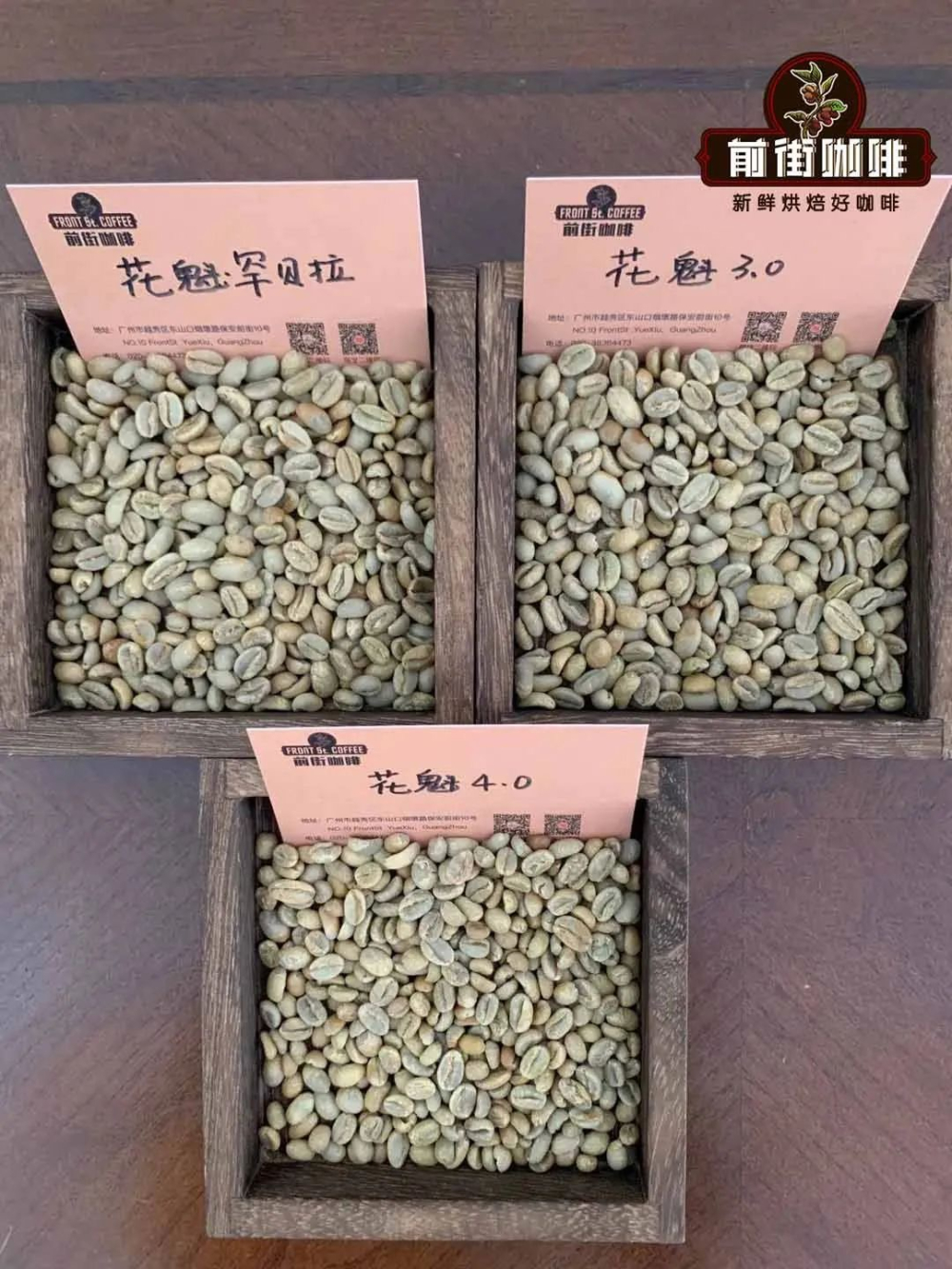
With the advent of 2022, Africa ushered in a new coffee season, if not unexpected, the 2022 Sakuran coffee beans should also be named "Sakuran 6.0". Qianjie, like everyone else, is looking forward to the arrival of this Huakui coffee bean, but it is still being processed and is expected to arrive in Hong Kong in April 2022. Qianjie coffee was also booked at the first time, and Qianjie will live up to everyone's trust and love of Huakui coffee beans, and deliver the new season's Huakui coffee beans to everyone's hands as soon as possible.
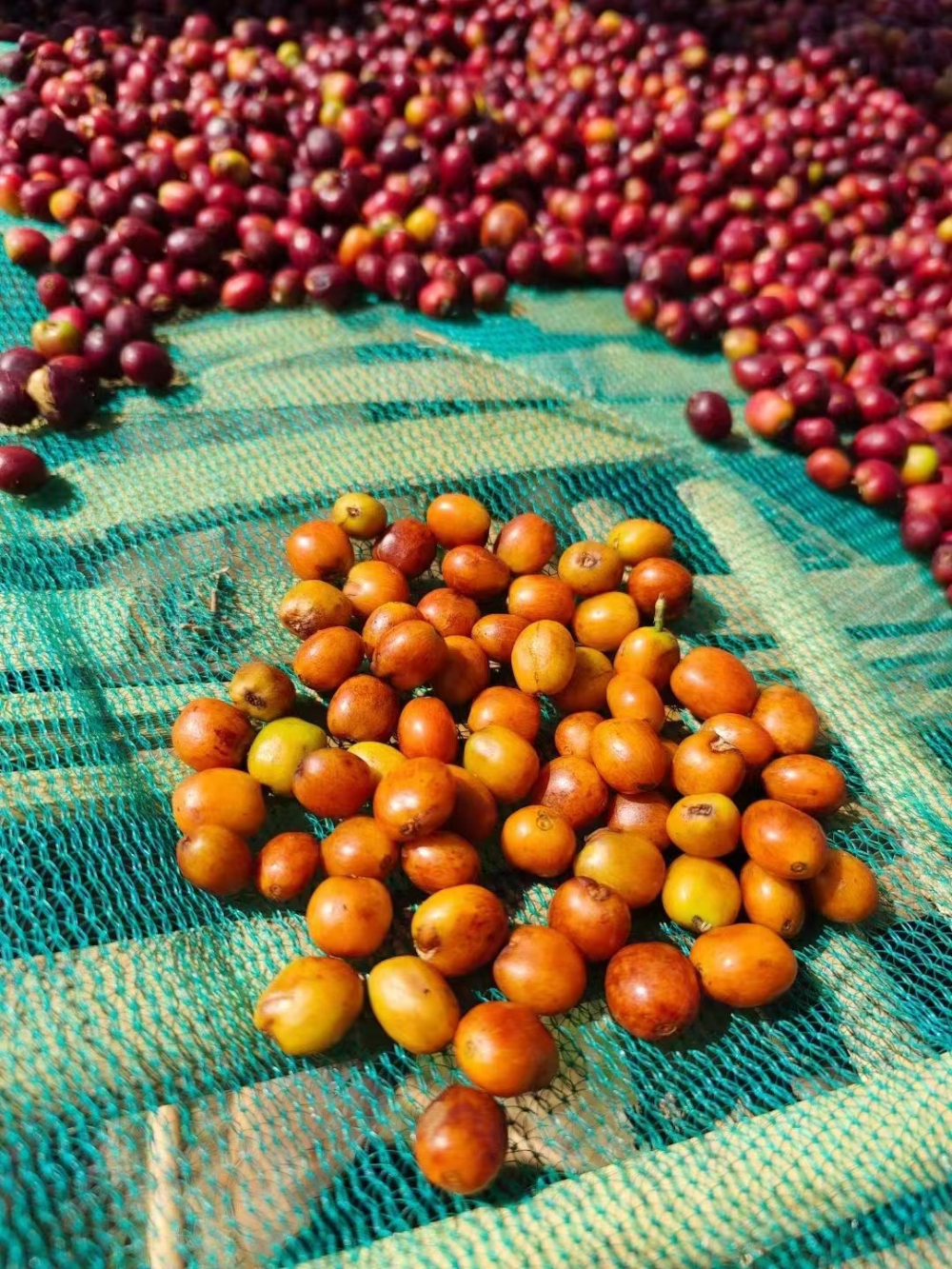
And those friends who are addicted to Sakuran can only relieve their addiction with Sakuran 5.0 and small grains of Sakuran coffee beans. Qianjie Coffee found that the aroma of Huakui coffee mainly came from some coffee beans with smaller particles in Qianjie coffee as early as 2017, and similar small coffee beans were also found in the next two years.
In 2020, DW's Buku Abel processing plant separated the small granules of Sakui coffee beans, and the small Huakui coffee beans were formed.
Through the test and comparison of Sakui 5.0 in the same production season and Xiaogui coffee bean cup in Qianjie, it is found that the flavor of Xiaogui coffee is similar to that of the champion coffee in 2017, with a strong strawberry cream flavor, while Sakui 5.0 is closer to the floral and berry flavor of Guji.
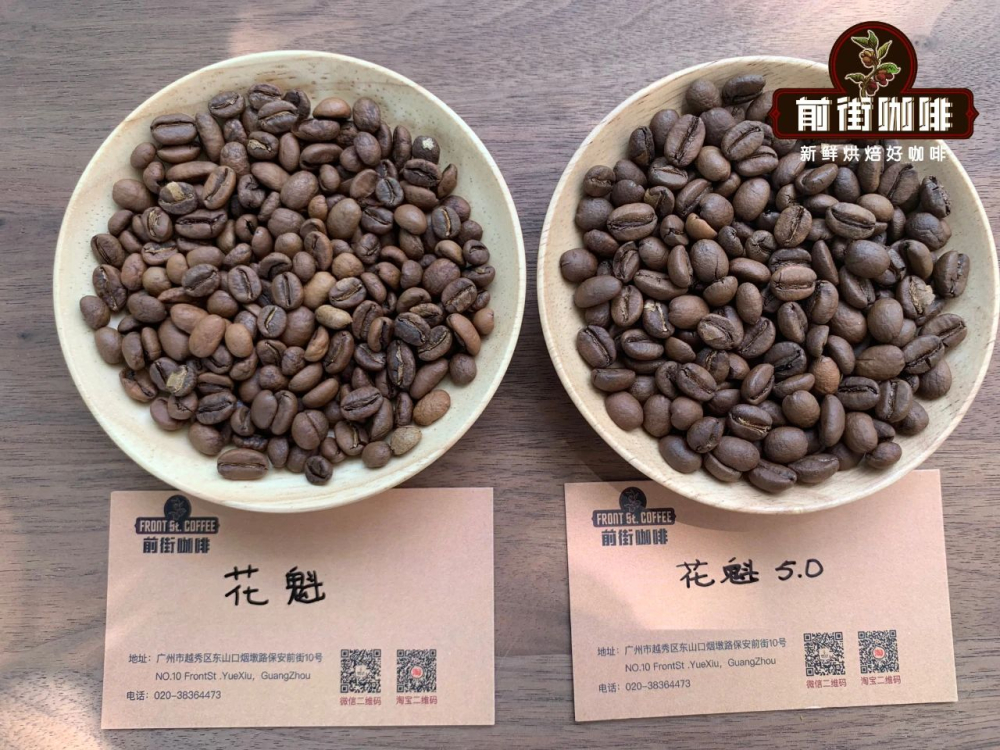
Qianjie Coffee uses medium-light roasting in order to highlight its bright acidity when baking these two types of Huakui coffee beans. Due to the shallow baking degree and the slow dissolution rate of the substance in the coffee beans, Qianjie recommends using the water temperature of 92 degrees Celsius, V60 filter cup and medium and fine grinding to cook the coffee beans.
Filter cup: Hario V60
Water temperature: 92 degrees Celsius
Amount of powder: 15g
Ratio of powder to water: 1:15
Grinding degree: the pass rate of Chinese standard No. 20 screen is 80%.
Friends who often read Qianjie articles should find that Qianjie often uses three-stage water injection when brewing coffee, because three-stage water injection can give coffee a richer sense of hierarchy than one-step flow.
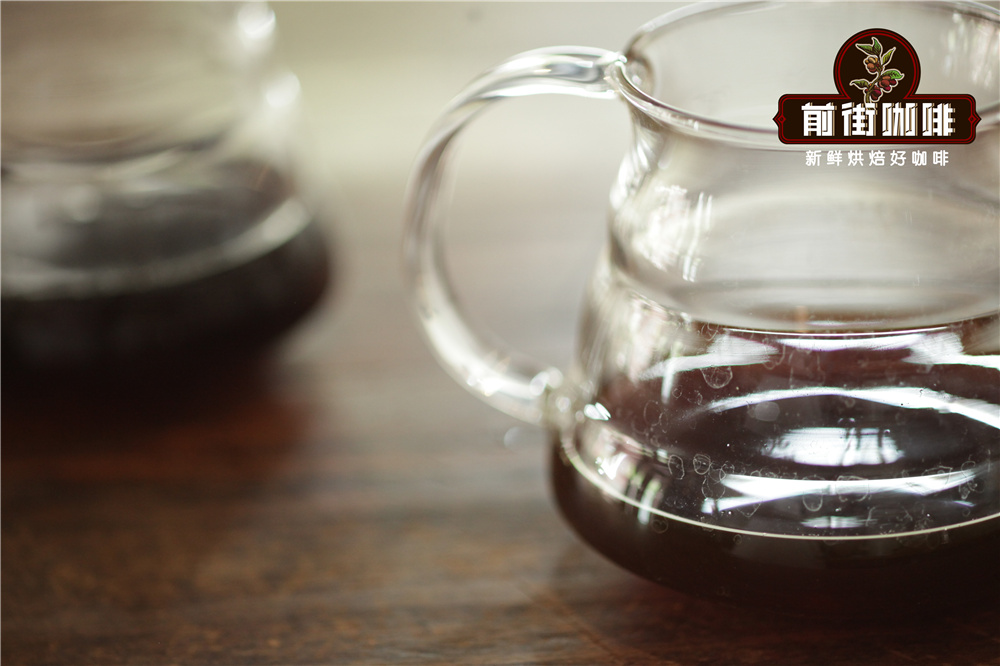
First wet the coffee powder completely with 30 grams of water and steam it for 30 seconds, then pour in a small water flow from the central point and slowly circle to 125 grams for segmentation. when the water level in the filter cup is about to reveal the powder bed, continue to slowly circle and inject water to 225 grams, the total extraction time is about 2 minutes.
For more information about coffee beans, please follow the coffee workshop (Wechat official account cafe_style) and exchange professional coffee knowledge. Please add Wechat account kaixinguoguo0925.
Important Notice :
前街咖啡 FrontStreet Coffee has moved to new addredd:
FrontStreet Coffee Address: 315,Donghua East Road,GuangZhou
Tel:020 38364473
- Prev
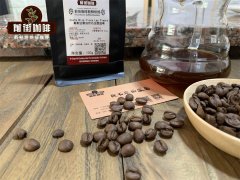
Blueberry jam coffee blueberry sugar coffee Stonehenge manor blueberry coffee anaerobic heavy honey treatment
Among the newly produced beans tested recently, when the cup reached this coffee bean, it seemed to be full of blueberry jam. This bean flavor is very rare. He uses blueberry as the main tonality, with a mellow taste, and is very sweet. Combined with the right acidity to form the flavor of blueberry juice, it is quite amazing. High temperature: blueberry sugar strawberry medium temperature: blueberry juice milk
- Next
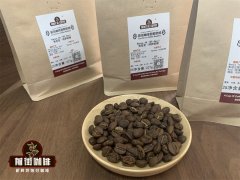
The processing method of Kenyan coffee beans what is the difference between the flavor of sun-washed and washed coffee beans
In Kenya, when it comes to coffee with a strong sour flavor, that is its typical representative, which can be said to be the most familiar coffee. Among the Kenyan producing areas, Neri Nyeri is the most common Kenyan coffee producing area in Taiwan, with rich and nutritious volcanic red soil at an altitude of 1200 to 2300 meters above sea level, giving rise to coffee beans of excellent quality, abundant yield and rich acid. Kenyaka
Related
- What brand of black coffee is the most authentic and delicious? what are the characteristics of the flavor of the authentic Rose Summer Black Coffee?
- Introduction to the principle and characteristics of the correct use of mocha pot A detailed course of mocha pot brewing coffee is described in five steps.
- Which is better, decaf or regular coffee? how is decaf made?
- How much is a bag of four cat coffee?
- How about four Cat Coffee or Nestle Coffee? why is it a cheap scam?
- Which is better, Yunnan four Cats Coffee or Nestle Coffee? How about cat coffee? is it a fake scam? why is it so cheap?
- How about Cat Coffee? what grade is a hoax? which instant coffee tastes better, four Cat Coffee, Nestle Coffee or G7 coffee?
- Process flow chart of coffee making-Starbucks coffee making process what coffee tastes good at Starbucks
- The top ten best coffee beans in the world Rose summer coffee or Tanzanian coffee tastes good
- Yunnan four cat coffee is good to drink?_four cat coffee is a big brand? four cat blue mountain coffee is fake?

